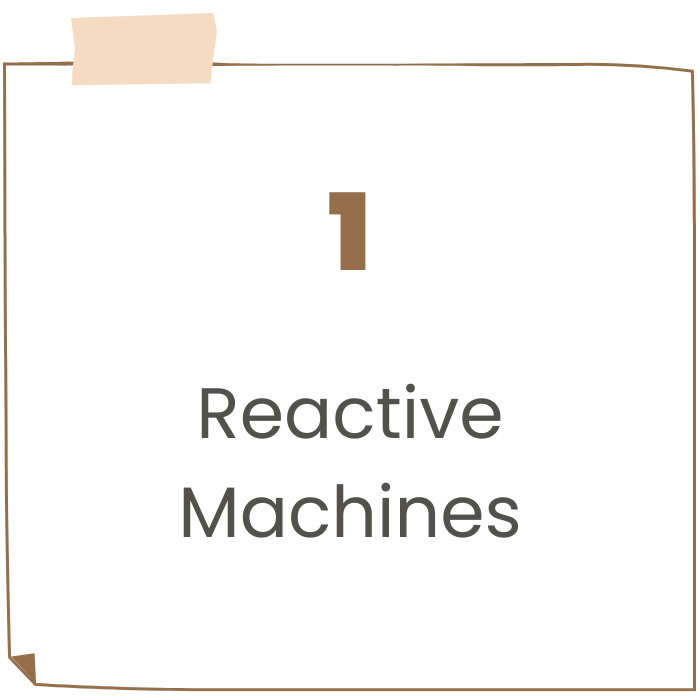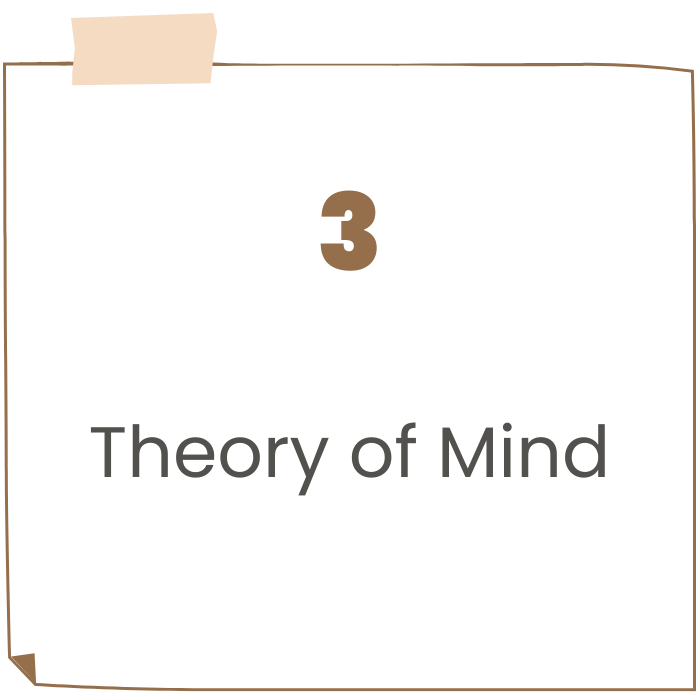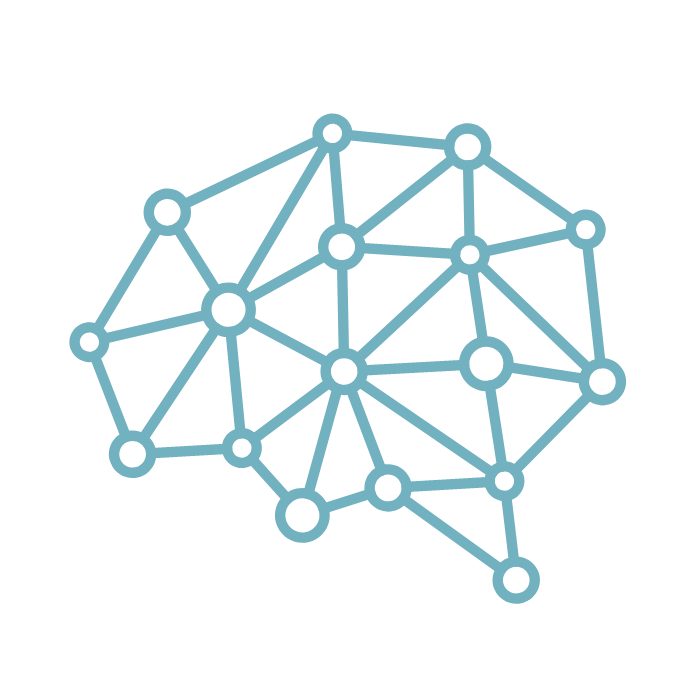AI is taking the world by storm, revolutionizing industries, enhancing efficiency, and pushing the boundaries of what’s possible in fields such as healthcare, finance, transportation, and beyond. From virtual assistants and smart home devices to autonomous vehicles and personalized recommendations, AI is revolutionizing the way we utilize technology in every-day life.
In terms of functionality, there are four primary AI types: reactive, limited memory, theory of mind, and self-aware.
Let’s explore each type in a little more depth!




Reactive AI
Reactive AI, also known as reactive machine intelligence, refers to a type of artificial intelligence system that operates based on predefined rules and patterns without any memory or ability to learn from past experiences.
Unlike other AI systems, such as machine learning or neural networks, reactive AI focuses on immediate decision-making and is task-specific, meaning that an input always results in the best possible output.
Since it doesn’t require extensive processing, reactive AI can produce immediate decisions based on the current input. Although reactive AI’s simplicity and quick response times make it suitable for specific applications, it lacks the ability to make decisions based on past interactions.
Example: Netflix recommendations can be considered a form of reactive AI! Netflix takes into account the immediate inputs, such as the user’s current preferences and recently watched content, and generates recommendations in real-time based on that information.


Limited Memory AI
Limited memory AI, unlike reactive AI, has the ability to make decisions based on a limited memory of past experiences.
By retaining a series of actions or observations over time, limited AI can make informed choices based on the current scenario. This system can also analyze past events and utilize that information to shape future responses.
Example: Chatbots use limited memory AI techniques to enhance their conversational abilities. Although they do not have the capability for long-term memory, chatbots can retain limited context of an ongoing conversation and provide relevant responses according to that data.
Theory of Mind AI
Theory of Mind AI is an area of artificial intelligence research aimed to improve the ability of understanding human behavior. This type of AI will be developed to better understand the needs, thought processes, and emotions of the entities they interact with.
Example: An AI assistant designed to interact with humans and respond to a user’s needs and emotions. This form of AI would be able to detect subtle cues in the user’s speech patterns, tone of voice, and facial expressions to infer their emotional state and adjust its responses accordingly.


Self-Aware AI
Self-aware AI not only is predicted to understand human emotion, but become aware of its own mental state. This AI system would have the ability to recognize and interpret social cues, interact with humans and other AI entities, and adjust their behavior based on social context.
Example: Imagine an AI system that has achieved human-level consciousness. It would be able to form its own goals, intentions, and motivations. Plus, it would have the ability to make its own decisions!






















